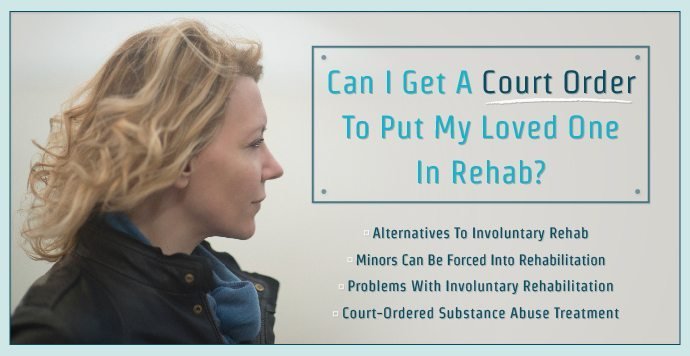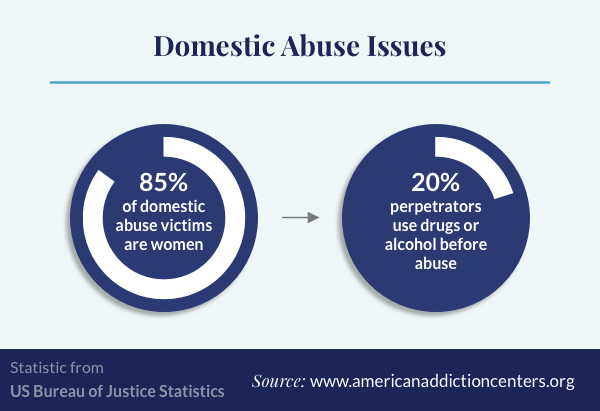Miller (2006) points out the continuum of commitment strength shown in an individual's speech, varying from "I'll consider it" to "I will" and even "I promise. what is the treatment for alcohol addiction." Therapists working inspirational considerations into a compound usage treatment plan can listen for the signals about level of commitment and preparedness for modification that are expressed in the customer's natural speech and habits.
Motivational interviewing is especially helpful in the context of preparation treatment. Using approaches based on these principles, motivational interviewing helps develop social conditions within the therapy relationship that interact the therapist's interest in working with the customer's point of view rather than imposing the therapist's perspectives, therefore promoting trust and hope. Likewise, this approach triggers the customer to broaden and explore his or her own viewpoint to think about both great and bad points about compound use, in addition to both benefits and disadvantages of modification.
Miller (2006) sums up research suggesting methods that do and do not work to encourage modification in substance usage. Attempts to inform, challenge, or penalize customers regularly failed to generate decreases in compound use. Findings supported interventions that utilize the following parts (caught in the acronym FRAMES): personalized eedback relative to substance usage standards, customer esponsibility for change, motivating dvice to reduce or stop drinking or using, a enu of options for altering behavior, mpathic therapy style, and upport for self-efficacy and optimism.

In conversation of their transtheoretical design, Prochaska and Norcross (1994; 2014) point out that many theories of psychotherapy highlight either insight (e.g., analytic and cognitive models) or action (e.g. behavior modifications) objectives. Their transtheoretical design presumes that change requires both. The merger of designs into "cognitive-behavioral" approaches has similar ramifications.
Activities or methods to raise awareness consist of consciousness-raising, psychological catharsis, and choosing from amongst offered choices. Action oriented activities include modifying the stimuli that manage discovered actions, and managing the contingencies that arise from behavioral reactions. Prochaska and Norcross further partition each of these classifications into activities that occur at the level of subjective experience and those running at the ecological level, once again highlighting how various theories of psychiatric therapy emphasize various kinds of activities leading to preferred goals.
Using this design to planning treatment for substance use disorders, the option of objectives and matching goals, methods, and timeframes rests on decision of what the client needs to assist in movement from an existing phase of modification to the next rational stage. Transitions through the very first three phases of modification (Precontemplation to Consideration to Preparation) are marked by increasing awareness of a problem and by insight into the dynamics that sustain or fix the issue.

The client's stage at the time of evaluation is crucial in terms of offering treatment suggestions in a manner that the customer can accept (Glidden-Tracey, 2005, 2014). Once this first objective is met, of getting the client to consent to try treatment, planning treatment activities that suit the customer's phase of modification (and relatedly supply experiences of success that will motivate further action) gives tools to keep the client purchased the treatment process.
Some Known Questions About How Much Does Medicaid Pay For Inpatient Addiction Treatment In Montana.
The transtheoretical model provides two basic goals, insight and action, on which therapists and customers frequently work out in planning efforts focused on changing troublesome substance usage (what is the first step of drug addiction treatment). The customer in the precontemplation stage is not yet interested in making a change. Clients who report signs consistent with a diagnosis of a compound use condition but reject that their drinking or substance abuse is a problem are in this phase.
To relocate to the contemplation phase, these clients would need to raise their awareness of any unwanted outcomes of their substance use. Prochaska and Norcross (1994; 2014) suggest a couple of types of activities at this stage to move the precontemplative customer toward reflection. The first is consciousness-raising, consisting of both feedback about the individual's habits and education about more general consequences of substance usage.
These activities are planned to provide a fuller variety of information to customers so they will remain in a more educated position to choose whether they have a problem and whether they wish to change - how to open an addiction treatment center. They trigger customers to address the discrepancy in between their own specified beliefs that their compound usage is not troublesome with the beliefs or suspicions of others who got the precontemplators to appear for therapy.
The therapist can explain to the customer that it makes little sense to pick actions before they have a clearer, shared understanding of the situation and the issue, if in reality there is one. The objective may be phrased in terms of continuing their shared evaluation of the client's complex situation, whether that involves even more expedition of the https://freedomnowclinic.blogspot.com/2020/07/individual-counseling-options-in.html role drugs or alcohol have played in the customer's life, or of the relationship in between the client's compound use and the interpersonal, occupational, monetary, or legal issues that pressed the customer to look for therapy.
This position can be explicitly stated to clients who express doubt about the value of more assessment and therapy. The therapist can even more propose that this extended evaluation will be followed by an evaluation and possible revision of the treatment strategy. Both the client and the therapist are likely to find out important brand-new details from taking the time to talk about the customer's history in greater information.
The therapist will extremely probably obtain a clearer image of the nature of the client's substance use and its relationship to other problems in the customer's life. what is treatment for porn addiction. As treatment advances, the dyad can consider their joint evaluations of the prolonged assessment outcomes in developing extra objectives and updating the treatment plan.
If the therapist communicates that the therapist knows the right conclusion and is simply awaiting the client to see it, feedback and education will not get rid of the customer's resistance. When the therapist does use feedback through analyses or fights, precontemplators might hear alternative point of views with less resistance if the therapist clarifies that this is the therapist's viewpoint, that customers are entitled to their own viewpoints, and that the therapist has an interest in hearing what feedback the customer needs to provide.
4 Easy Facts About Where To Medically Assisted Treatment For Opiod Addiction Described
According to Prochaska and Norcross (1994; 2014), catharsis of suppressed or denied feelings can likewise help move clients into contemplation. Catharsis alleviates internal pressure and releases energy, formerly used to fend off feeling, now readily available for other purposes. Sometimes the expression of deep emotion about causes, consequences, or associated aspects of substance usage can also assist raise the client's consciousness of the unfavorable impact of bothersome habits on the customer's life.
The client exposed that at age twelve, he was selected by two older bros and their good friends, and a "joint" was required into his mouth up until he inhaled a number of times. The client stated he had never talked about that event since it happened, and recalled the worry, anger, and disgust he felt at the time.
By collaboratively preparing therapy so that precontemplators gain increased awareness of the intricacies of their scenarios and the feelings associated with them, such customers might make transitions into the reflection stage of modification. what different kinds of treatment exist for addiction. When clients come to acknowledge a problem that is worth dealing with further in therapy, the next step is https://freedomnowclinic.blogspot.com/2020/07/medication-management-in-boynton-beach.html to think about alternatives about how to address the problem.